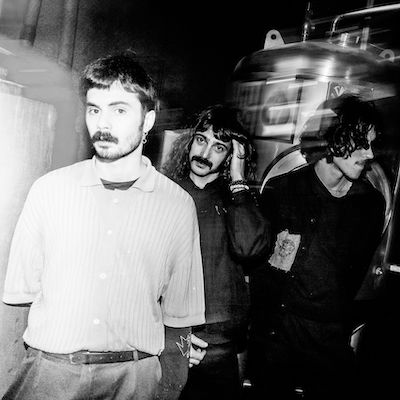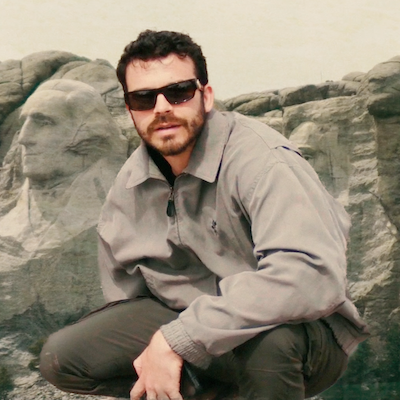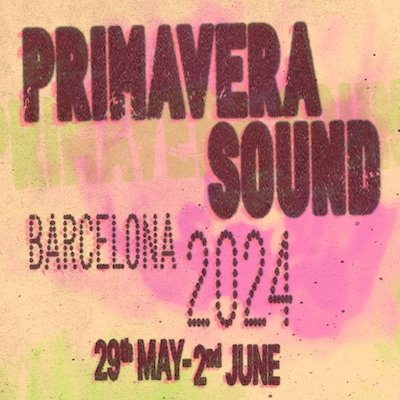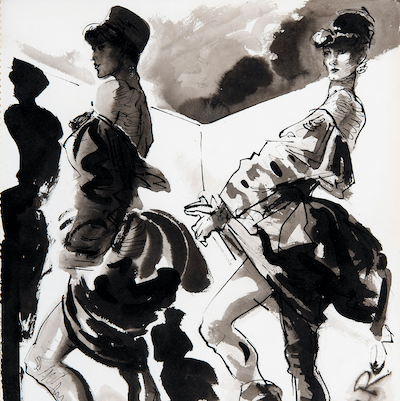
Having just moved apartment, Loverboy has gotten to thinking about who will be adorning our walls in this new era. Grace? Obviously. Mugler? Present. Hockney? Duh!
Another person who will be giving our apartment life with his iconic fashion illustrations is queer artist Antonio Lopez. Working for The New York Times, Vogue and Interview, Lopez’s instantly recognisable style helped to cement him in the pantheon of great fashion illustrators. He also became well known for his various muses including Grace Jones, Jerry Hall, Jessica Lange who all became known as ‘Antonio’s Girls’.
His work forms part of Gray M.C.A.’s Drawing On Style exhibition on now in London. Loverboy talks with Devon & Paul Caranicas of The Antonio Archive about the artist’s work and life….
Devon/Paul, thank you so much for speaking with us. First up Antonio is usually associated with New York. Do you know any of his history with London?
Paul: Although Antonio and his collaborator Juan Ramos worked in New York for the majority of their career, they really had a global presence and spent a lot of time living and working in Europe. Most notably, they were based in Paris from late 1969 until 1975 and this location gave them the opportunity to work for a variety of European Conde Nast publications (British Vogue, Vogue Paris, Vogue Italia, Germany Vogue, etc). During their time in France, Antonio would travel to the UK to visit friends and collaborators. In particular, Michael and Tina Chow were very good friends; Antonio was best man at their wedding. They had a beautiful home with an indoor swimming pool in London. Here at the archives we have a wonderful series of Kodak Instamatics from a trip to their house in 1975 where Antonio photographed models, writers, actors, and socialites, including their friend Manolo Blank jumping into the pool wearing a white suit.
Can you tell us about the pieces that will be on display at Gray M.C.A’s Drawing On Style exhibition?
Devon: Drawing On Style shows a really nice cross section of pieces across Antonio and Juan’s three decade career from the 1960s to 80s – and the works on view give an overview of the varied directions, mediums, and styles they worked in. Antonio and Juan were known for their bold compositions, incorporating color, playing with collage and pushing the boundaries of what commercial and editorial work could look like. These pieces definitely exemplify that range.
Antonio’s work will forever be iconic and timeless. In your opinion what is about his work that continues to excite and engage?
Paul: Between Antonio and Juan, Juan was the dedicated researcher, and he was constantly pulling reference images from art and history books to incorporate into the drawings. In a way, this makes the works timeless because they are not of one era but a studied amalgamation drawing on the past and the present. A piece may be created in the 70s but has themes and motifs from Art Deco or American Pop or Surrealism.
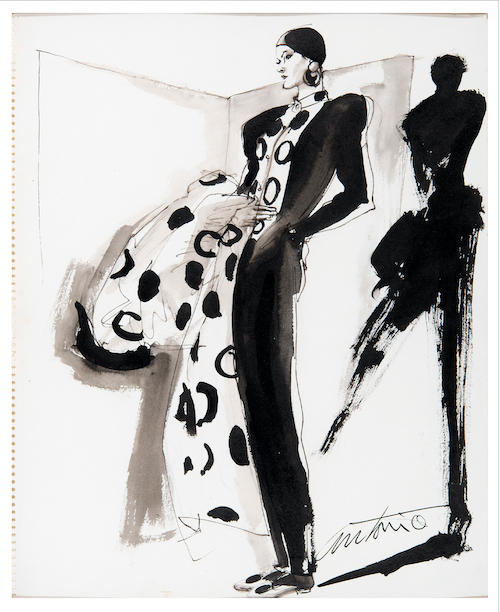 Some artists from Antonio’s time have had their work licensed liberally to clothing ranges, advertising campaigns, etc. What has been The Antonio Archives’ or his estate’s viewpoint with how to proceed with Antonio’s legacy and its accessibility over time?
Some artists from Antonio’s time have had their work licensed liberally to clothing ranges, advertising campaigns, etc. What has been The Antonio Archives’ or his estate’s viewpoint with how to proceed with Antonio’s legacy and its accessibility over time?
Devon: Accessibility is a big topic for us. By sheer virtue of the industry the work was made for, a large part of the archive was created for a commercial or editorial purpose. Even beyond the fashion illustration, in their lifetime, A & J designed jewelry, produced textiles, published books, designed costumes for Studio 54, and more. They were always blending high / low, street culture / fine art, and their work spoke to a very broad audience for this reason. In keeping with this ethos we aim for the The Antonio Archives to be accessible via the projects we take on. We have in the past worked with brands such as MAC Cosmetics and Kenzo, and we license images for books, catalogs and editorial. Of course, all revenue generated through licensing directly supports the maintenance of the collection.
Beyond that, legacy building really comes back to the idea of the archives as a resource. And although we are not open to the public we work one-on-one with a wide variety of curators, publishers, designers, and creatives and invite them in for research purposes whenever possible so that the influence of Antonio and Juan’s work can continue to be felt for generations to come.
Antonio is often discussed as being queer-thinking and bisexual. A lot has changed since the 80s and different communities feel the need to categorise and define themselves more than ever. Do you think Antonio was like this too, or was he less concerned with labels? He championed diversity, right? What was his relationship with politics back then?
Paul: Antonio slept with women and men; he was a very sexual person, but ultimately preferred men. I don’t think he was concerned with categories such as you mention because they did not exist in the formats we have today, although he was keenly interested in both drag and those who were trans – not as issues, but as people. He championed diversity because it was his nature. Juan was more concerned with politics and inequality and would bring this into the conversation; they would then find ways to incorporate these concerns into their drawings, often to the consternation of editors and publishers.
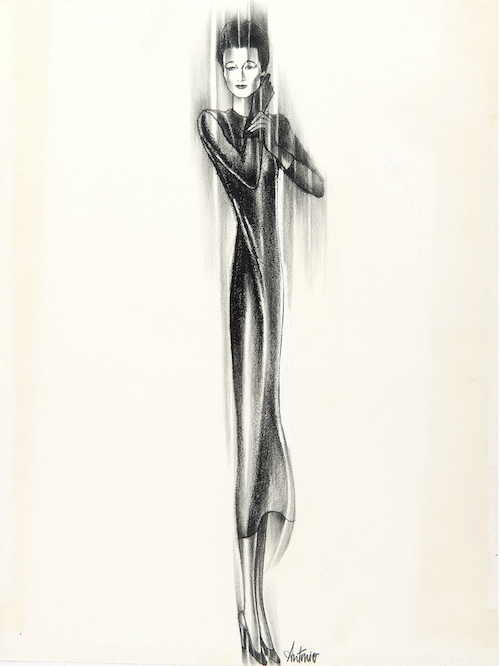
Antonio was often associated with his group of ‘Antonio’s Girls’ such as Jerry Hall, Grace Jones, Jessica Lange. What do you think it was about these type of women that he connected to? They tended to be stronger women than say an ingenue-type right? Who do you think Antonio would have connected with in today’s Fashion World?
Paul: I think it is impossible to say who Antonio would have connected with in today’s fashion world. I don’t think it was a matter of being strong or not, but more about aesthetics. He gravitated towards women with an unorthodox beauty for that time.
In regards to your work with The Antonio Archives, do people get in touch with memories, stories of Antonio, work they have tucked away, discoveries etc via social media? Have there been any discoveries that have only recently come to light?
Devon: Social media and our website have been a great tool for us to connect with people who knew Antonio and Juan during their lifetime. In the 70s and 80s, A & J had a huge interest in teaching and led lectures and drawing seminars at schools across the US and in Japan. We often hear from past students who will remark on how important that moment in their young career was, or how much of an inspiration the work has had on them. That is always incredibly special.
I wouldn’t say there are any “discoveries” per se, but we do sometimes post a photograph or drawing and the internet hive mind will help us identify a model who we perhaps didn’t have correctly noted.
Which of Antonio’s pieces is your own personal favourite?
Paul: Because of the many styles they worked in, borrowing and sampling art movements of the past as well as inventing new ways of representation, it is impossible to choose a particular drawing or period. I like all of them.
Devon: It would be like choosing between family members! My favorite piece is whichever one I’m looking at at that moment.
A selection of Antonio Lopez’s artwork will be on display at Gray M.C.A.’s Drawing On Style exhibition which ends 26th September.
For more information see www.drawingonstyle.com
For more information on The Antonio Archives see www.theantonioarchives.com or Instagram.



